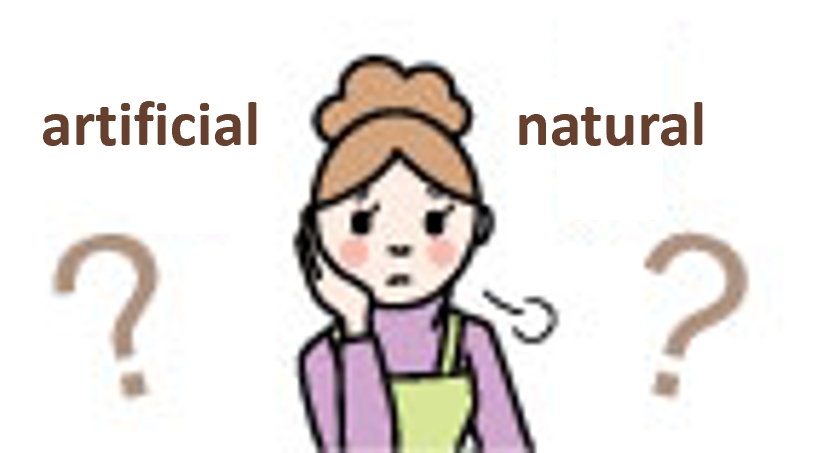
|
Both types share the same properties, and what matters is the radiation dose.There are naturally occurring radioactive materials such as potassium-40 and carbon-14, which are found in the environment, as well as artificial materials like iodine-131, cesium-137 and cesium-134, which do not occur naturally. Whether natural or artificial, they emit the same types of radiation: alpha, beta and gamma rays. When considering the health effects of radiation exposure to these radioactive materials, it is the level of exposure, or in other words the dose of radiation received, that is important. |
|
It means that one genetic injury occurs in a cell, but it is promptly repaired.The International Commission on Radiological Protection (ICRP) recommends keeping the annual dose limit for the general public during normal circumstances below 1 mSv. In case of radiation emergency, ICRP advises minimizing exposure doses to as low as reasonably achievable within a range of 20 to 100 mSv per year. When human cells are exposed to 1 mSv of radiation, it is said to cause one genetic injury within the cells. However, this injury does not immediately impact a person's health. Human cells possess inherent repair mechanisms for damaged genes, and injuries resulting from a 1 mSv exposure are promptly repaired within a short period of time. |
|
Acute and chronic exposures have different effects on the human body.There are regions in the world with high levels of radiation exposure from the environment. For example, in the Kerala region of India, natural radioactive materials rising from ocean floor result in relatively high radiation exposure. On average, individuals in this region receive an annual dose of 7 mSv, with the highest exposure reaching 14 mSv per year. Even with an annual dose of 7 mSv, the accumulated dose exceeds 100 mSv within 15 years. However, there is currently no evidence of higher rates of cancer rates or shorter life expectancy in the Kerala region. This fact suggests that the effects on the human body may differ between acute and chronic exposure. In the case of chronic exposure, where the body is gradually exposed to radiation and genetic damage occurs incrementally, it is believed that the body's own repair mechanisms work to repair the damage. |
|
Cesium is hardly detected in tap water.Radioactive cesium, like radioactive iodine, was released into the atmosphere during the nuclear accident. However, while iodine was detected in tap water shortly after the accident, radioactive cesium has not been detected in tap water to date. This is because cesium tends to be easily absorbed by the soil. The tap water in most areas of the country undergoes various filtration processes at water treatment plants and is disinfected before being supplied. During these filtration processes, cesium is effectively removed, resulting in minimal detection in tap water. Furthermore, cesium is currently not detected in water sources such as wells. |
|
There is no need to worry about radiation exposure caused by snowfall.Currently, there is almost no presence of radioactive substances in the air. The daily air radiation dose rates in Fukushima Prefecture, which have been published daily since the nuclear accident, measure the radiation emitted by radioactive materials adhered to the ground and buildings. Therefore, rain or snowfall from the sky does not contain any radioactive materials. There is no risk of radiation exposure, even if the snow comes into contact with the body. Moreover, when snow accumulates, it can act as a shield for the ground where radioactive materials may be present, making it highly unlikely that air radiation dose rates will increase. |
|
Children are more vulnerable, so the risk should be minimized.In the case of the Chernobyl nuclear accident, the massive release of radioactive material led to internal radiation exposure among the residents in the surrounding areas. It is known that there was a higher incidence of thyroid cancer among the generation of children at the time of the accident. One of the reasons why children had a higher rate of cancer than adults is that the radiation is more likely to affect children's actively dividing cells. However, in terms of the air dose rates in residential areas of Fukushima Prefecture, even children are not considered to be at risk from external radiation exposure. Since the nuclear accident, "reference values" have been set for radioactive iodine and cesium, and restrictions have been placed on the shipment and consumption of food and water that exceeds these standards. Measures have been taken to minimise internal radiation exposure in children, who are more vulnerable to the effects of radiation. |









